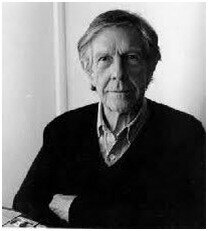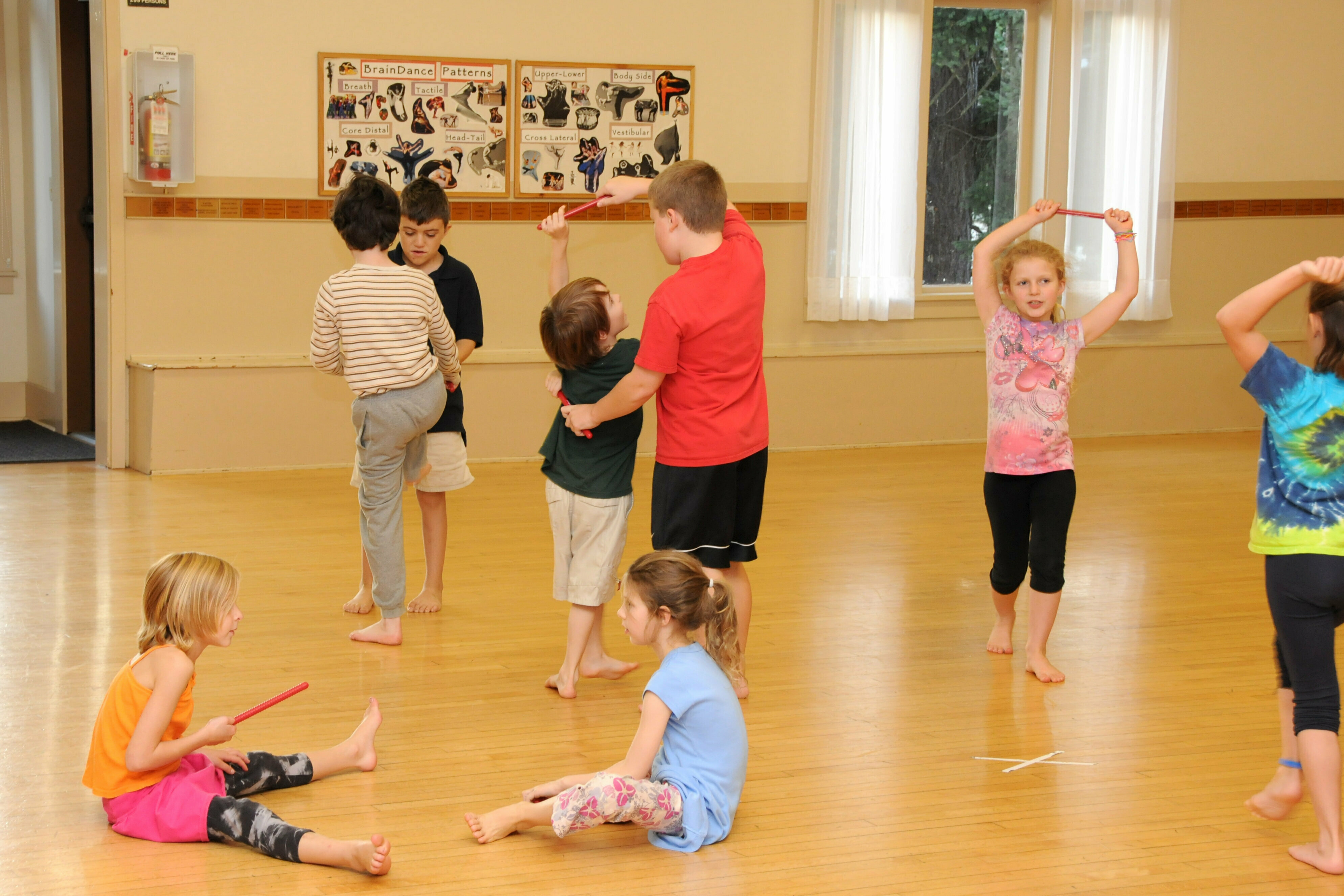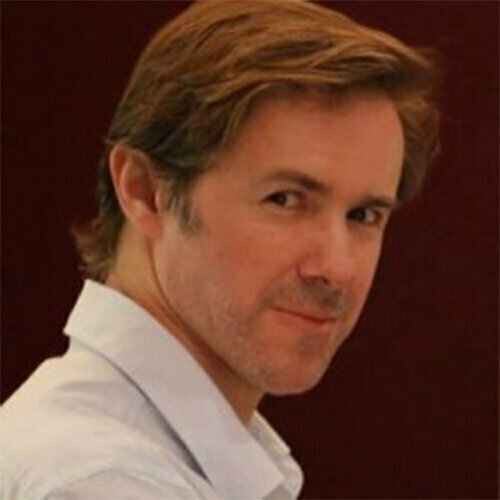 To the city dwellers of Hong Kong, noise has always been, and always will be, an inescapable part of life. If you have ever experienced living here, you will understand just how difficult it is to find a quiet place to wind down.
To the city dwellers of Hong Kong, noise has always been, and always will be, an inescapable part of life. If you have ever experienced living here, you will understand just how difficult it is to find a quiet place to wind down.
The ability to subconsciously tune out unwanted background noise is, therefore, incremental to surviving the day-to-day stresses that lurk in this urban jungle. Yet with the sounds of cars honking to the trill of traffic lights and beeping devices constantly bombarding our senses with alerts, noise can easily become a significant cause of mental stress, irritability and can even lead to hearing loss.
The funny side of the story is, that when a little silence does come our way, it also makes us feel uncomfortable. We feel the need to generate small talk with those around us, or to turn on the television to serve as background noise. You cannot imagine the irony when someone starts complaining that Hong Kong is too noisy. Even inside the tranquil cafes where people silently work or read the newspaper, one cannot help but notice the raucous noise of coffee beans grinding to the jazz tunes playing in the background.
Fortunately, the aim of this article is not actually to complain about noise levels in Hong Kong, but to highlight the age-old wisdom that comes with the saying “Silence is Golden”.
Since Hype and Scalapino documented the effects of music on heart rate and blood pressure in 1918, Bernadi et al went on to study what happens to the body when the music stops.
By interspersing a two-minute period of silence between the different styles of music they studied, they found that respiratory frequency, heart rate, and blood pressure all decreased to below baseline levels, indicating that a state of relaxation occurs when music is stopped.
Scientific research also shows that silence is beneficial to our health. It can lower blood pressure, boost our immune system and concentration, and even make us happy. Indeed, the sound of silence is music to the heart. Silencing the mind is also proven to be an essential part of stimulating the brain, and is key to restructuring the way the mind works, such as when we learn a new skill.
It is thus no wonder that skilled musicians know how to exploit silence as a powerful tool to give meaning and emotion to their music.
Ludwig van Beethoven was one such master of silence. In ‘The Music of Man’, violinist Yehudi Menuhin described Beethoven’s skillful use of pauses as “filled with the power of magnetic tensions, set up in like manner by the mass of each heavenly body. Those pauses are essential to the music. When we experience them we find the pulse is never absent, and the way the music then continues is quite wonderful. If the following phrase comes in a trifle too soon or too late, the magical effect is lost, for the length of silence is predetermined and fateful.” Perhaps the onset of deafness in Beethoven’s later life had an important role in helping him understand the deeper meaning of silence.
Jazz musician Tyra Neftzger also wrote in his blog, ‘silence isn’t just the canvas upon which music is painted. It’s one of the colours on the composer’s palette’. Knowing how to use silence effectively can make all the difference when it comes to musical effects. Silence creates anticipation, and gives the audience time to listen actively. It also gives time for reflection and thought. Neftzger often thought that a master class should be taught on the role of silence in music, because measures of silence are not waiting periods, but times of active listening, much like a good conversation.
 American experimental composer John Cage (1912-1992) is one of the earliest musicians to study silence in a philosophical context.
American experimental composer John Cage (1912-1992) is one of the earliest musicians to study silence in a philosophical context.
In 1952, Cage composed a song titled ‘4’33”’ (pronounced ‘Four minutes, thirty-three seconds’). In performing the piece, David Tudor sat down in front of the piano for four minutes and thirty-three seconds without playing a single note.
Although the piece is sometimes referred to as ‘The Silent Piece’, Cage explains that it is not silent at all. The piece is made up of all the surrounding sounds in the air-conditioned hall, including the ruffle of programs and the occasional coughing in the audience. Only those who actively listen can discover the inspiration that comes from such small, mundane sounds which are otherwise taken for granted. Cage explained that this was a parallel to the White Paintings of Robert Raucheberg, with whom he collaborated.
4’33” became Cage’s most famous and most controversial of all his works, and is probably one of the best-known musical works in existence to consist mainly of silence. Influenced by Zen Buddhism, Cage himself recognised 4’33” as one of his most important works. Another of his work, “Duet for Two Flutes” which he composed in 1934 when he was just 22, also opens with silence. As best explained in Cage’s own words, “my favourite music is the music I haven’t yet heard. I don’t hear the music I write. I write in order to hear the music I haven’t yet heard.”
And just how much do people value silence nowadays? Recently, a silent CD soundtrack released by Sussex church turned out to be a sell-out hit, with the Church now taking orders from Germany, Austria and Ghana. The 30-minute recording was made inside the 800 year-old church to capture the unique quality of silence inside the church. Amongst other sounds, the track consists of a few squeaking pews as the sound of traffic hums vaguely in the distance. As people live busier and noisier lives, they turn to this kind of music to relax and meditate.
So if you are feeling stressed today, perhaps you might decide to skip a night out to the movies or the clubs, and tune into the power of silence to calm the mind instead.
References
P D Larsen, D C Galletly (2005). The Sound of Silence is Music to the Heart. Heart , 433-434.
L Bernardi, C Porta, P Sleight (2006). Cardiovascular, cerebrovascular, and respiratory changes induced by different types of music in musicians and non-musicians: the importance of silence. Cardiovascular medicine , 445-452.
Tahir, T. (2013, Jan 28). Silent CD released by Sussex church proves hit as recording sells out. Retrieved March 16, 2013, from METRO: http://metro.co.uk/
Photo credits:
http://www.genderacrossborders.com/



